Culture: Latvia: Very Varaklani
by Stephanie Block
We could almost hear a fiddler on the roof as the small van pulled into the village of Varaklani, two hours outside of Riga. This is where, pre-pogroms, my ancestors once lived, and we have the black and white photo of several robust peasant women stacking hay with long pitchforks to prove it.
The day was sunny and warm, and traces of history in the air were faint. Did I have an overwhelming déjà vu? An internal diving rod pointing my footsteps sharply one way or another? Nothing- just a cool mindfulness that this was a brief home to my family.
Because homes to my family were always brief- continually at the mercy of changing czars, changing conquerors, and changing times. And the only reason that my mother, her new husband, my sister and I had any orientation here is that we had gotten hold of a homemade movie about the village made by a woman whose family was also from Varaklani. This was thanks, if you can believe it, to the Tulsa, Oklahoma Jewish community, most of whose families had Varaklanian roots.
In English thick with Russian vowels, the woman narrated as the camera bumped along streets desolate with winter. A man on a horse cart passed by, and the camera’s eye came to rest on a dirt road which she might have called, “School Street” or “Mule Street.”
This is where we have to go, we told our guide. This is where the synagogue is and the cemetery. We had seen it on the DVD- a small house with boarded up windows.
In the summer sun, that two-story house sprouted happy green weeds at its feet and was nestled in among fruit trees. We all marveled that the woman had chosen a winter month for her trip.
As we stood there snapping photos of the house, a couple men outside stared vaguely at us, a weird influx of camera-toting American tourists. I could barely restrain myself from snapping them- their old bicycles leaning against the synagogue, their etched faces a constant torment to my camera lens. Of course my mom took their photos. She is obsessed with faces and street signs when she travels, and she wasn’t shy about it, either.
We knew from our DVD that this was no longer a synagogue. According to Tulsan researchers, there was only one Jewish family left in the whole town, a town once called home by over 1000, a town in fact whose majority had once been Jewish. And this remaining family was a post-war one, which meant that they could not provide a living memory of others’ ancestors, settled as they had in the 1980’s.
Which obviously made us wonder why.
So we weren’t surprised as we climbed the stairs noting the chipped green paint, an old broom in the corner, and the dirty windows. Nor were we surprised to find a hint of life on the second floor, where a cobbler and a used clothier had set up shop.
The young cobbler was sitting at his desk by the window talking to the etched-face man about his troublesome shoes. Hand tools were everywhere as well as wooden shoe moldings in what looked like every size. They looked up at us, and we mimed that we would like to take pictures. We snapped away at the cobbler and the old man, chattering away in our English and trying to get good chiaroscuro shots of the white-with-light window and the dark shadows of precious hand tools. The amateur architects in each of us sizing up these small rooms with what we knew of synagogues. What were the original purposes of these rooms? Rabbi quarters? School rooms?
The used clothing “store,” a dusty room of tables piled high with clothes, put us, or at least me, more on track. My sister and I rummaged through the stacks, marveling that Polo and Tommy Hilfiger had made it this far. Near the bottom of a pile of tank tops, I found a bright white one with glittering writing. I pulled it out for a closer look and found myself face to face with the word “DIVA” emblazoned in disco blue across the front. I dug out lots of Lats and paid for it on the spot. It didn’t take a Ouija board to figure out that my ancestors were finally weighing in.
We piled back in the van looking for all the world like an uninterrupted nuclear family- daddy, mommy, sissy and sissy. No one would ever guess our real story, just like we would never figure out the truth behind the synagogue. Like all the times I went last year with my mother to meet wedding planners who directed their questions to me, the more bride-ly seeming one.
Maybe there would be more clues in the cemetery. At the end of School Street, there was a small sign, Ebreju Kapi, with a symbol of a cross next to it and an EU sticker on the pole below. Hebrew Cemetary. And through the green gate and brick archway sat a sylvan cemetery, stone graves scattered throughout a dappled grove. Trees grew up and around and sometimes through the raised stone daises of death, and the graves themselves acted like forest window boxes of ferns. Not clear cut but beds and bodies embedded. And there were Hebrew and Russian names on all the graves, and the rabbi in Tulsa had written down several versions of our family name in Hebrew so that we might find our own people. But when Mom asked her husband to go back to the van to find it, I realized that I had left that sheet in my bag at the hotel.
Another dead end, so to speak. Our last stop was back in town at the small convenience store that belonged to Varaklani’s only Jewish family. The father was away but the girl behind the counter rang his daughter, for whom it was a short walk from her house to the store. Our guide explained to her why we had come. The daughter said that we were the second American family to come here and ask to talk to her. I indicated that I wanted her to take a photo with us. My sister looked mortified but I didn’t care.
In the end, besides a photo with that woman and the blades of grass that I plucked from outside the synagogue, we did not take much that was concrete from Varaklani, although we did take a follow-up picture of me, my mom, and my sister with black and white film in front of a big haystack.
Maybe it’s my fault that we don’t have more answers, or maybe it’s the fault of history, of its constant shuffling of us like cards in its diasporic game. And maybe that’s not even a word but it’s a feeling that sums up our maddening Where’s Waldostein history. Maybe the only thing to learn is not to get too comfortable in empires, even San Francisco. Maybe I’ll donate some money to the Tulsan Jewish Federation and to the dream of an immoveable feast.
Discover more from Tango Diva
Subscribe to get the latest posts sent to your email.
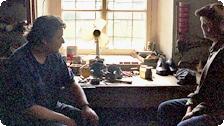
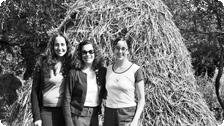
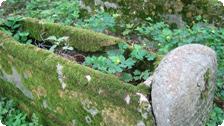
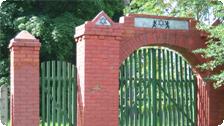
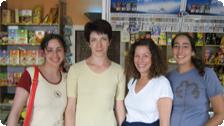
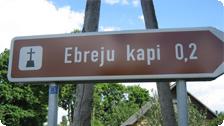
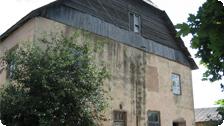
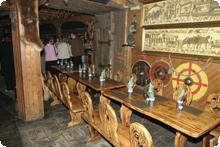
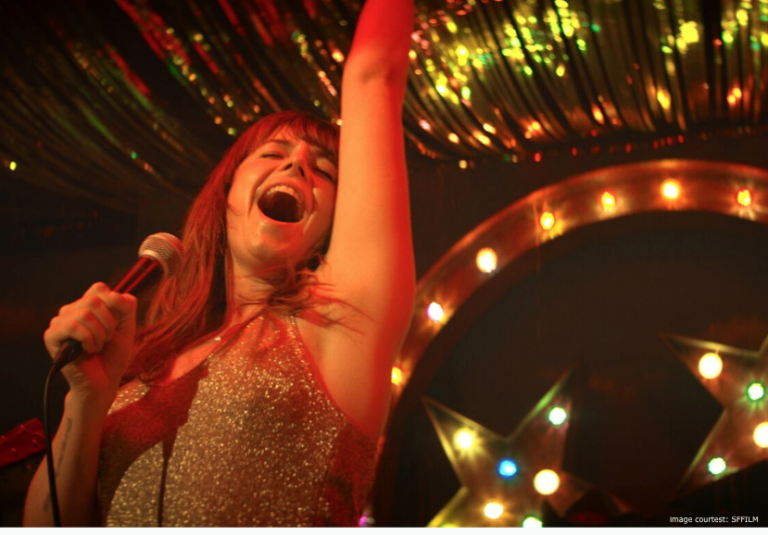

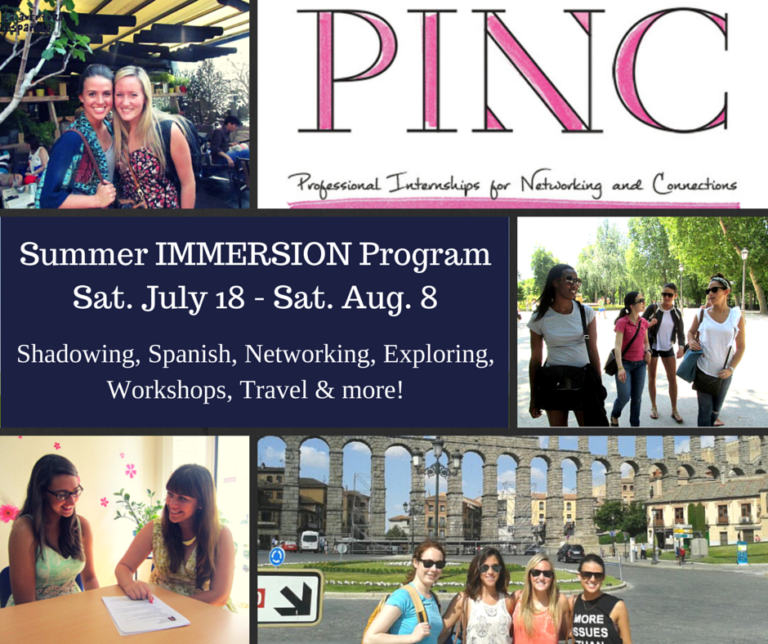
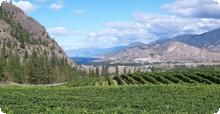

I also have roots in this village…so interesting!
I have many family members who lived there up the early 1900s. I would like to know if a Hebrew translator to help with cemetery headstones may be available there. I wonder if there are land records showing where family may have lived?
Hi, thanks for writing us.
here’s some links that should get you started.
best of luck to you.
https://www.familysearch.org/en/wiki/Latvia_Online_Genealogy_Records
https://www.jewishgen.org/databases/latvia/LatviaDeaths.htm
https://www.balticgen.com/cemeteries_index.htm
https://latvia.jewishgen.org/cemeteries